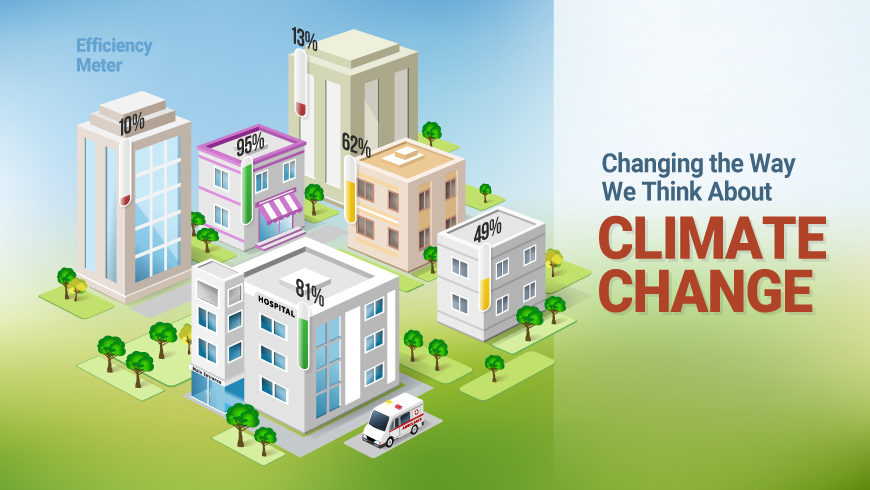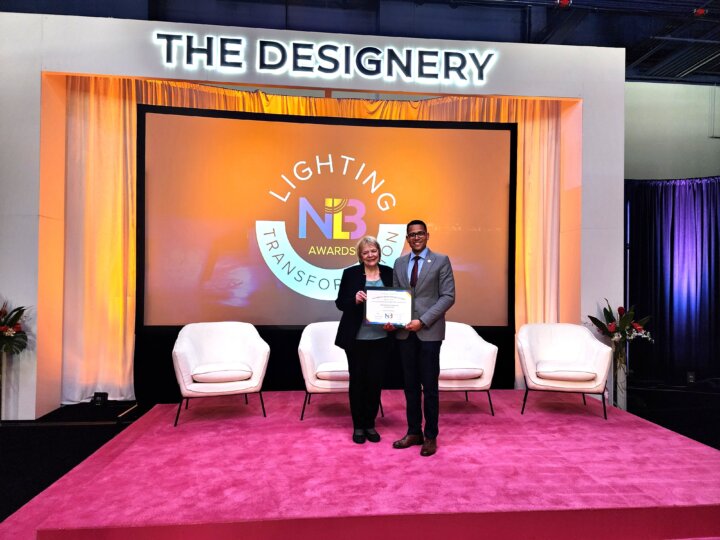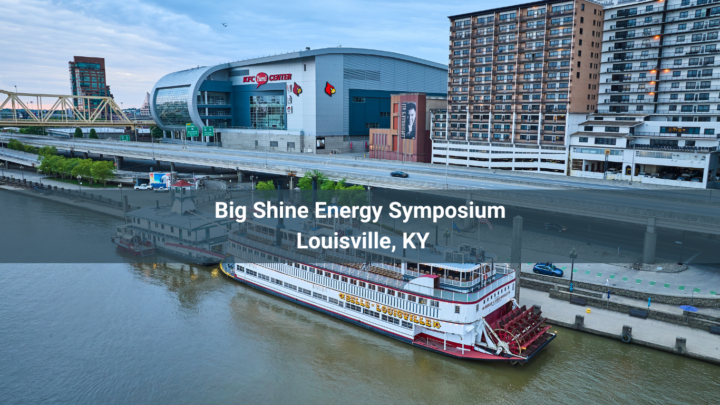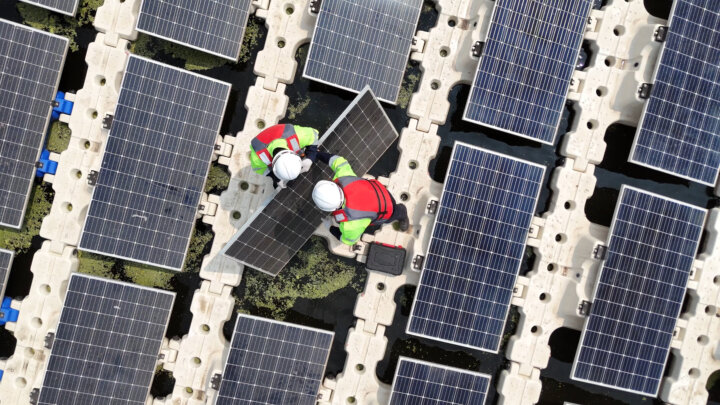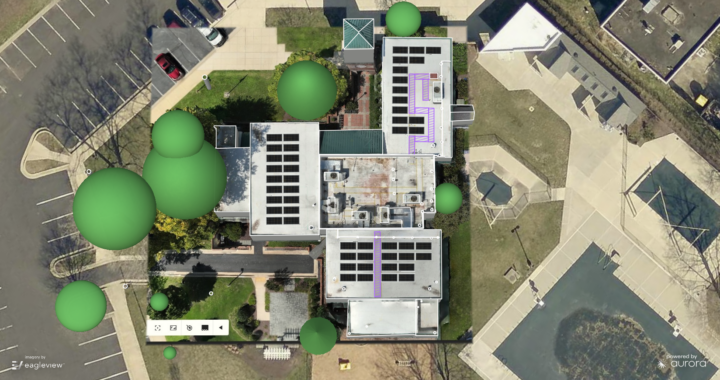Out of Sight, Out of Mind
In recent years, the news has become filled with more natural disasters than ever before. On a global scale, we’ve witnessed more flooding, colder winters, hotter summers and deadlier storms.
Scientists say these phenomena are the result of climate change. But unless climate change is directly affecting us, it’s easy to view it as only a distant problem that doesn’t concern us. Psychologists attribute this mindset to the negativity surrounding news about climate change. As human beings, when we hear news about something tragic and hopeless, we tend to feel empathy, but take no responsibility for it. However, many scientists are looking for ways to help human beings think about a problem as vast as climate change as a close-to-home issue that we can solve by taking action.
News website Vox issued a series of videos on factors that contribute to climate change and unique ways of fighting back. Episode 1 of the series focused on the psychology of humans and how we can change the way we think about climate change to create better standards of living and increase energy efficiency.
Making Carbon Emissions Visible
As the video mentions, carbon emissions are largely invisible to us. Although greenhouse gases are being poured into the atmosphere all around us, we don’t consider it a problem until we can actually see it with our naked eye. But how do we make CO2 visible?
UCLA’s ENGAGE project was designed to answer just that question. They began a social experiment focused on energy use. By monitoring each unit’s energy consumption in student housing complexes, they made the invisible suddenly become incredibly visible. Student residents not only received a clear report on their energy use, these results were also displayed for others to see thus creating a spirit of competition. These results motivated residents to make small changes that largely decreased their energy consumption and inspired energy savings. Since the changes weren’t difficult to apply, residents easily adapted to this new way of thinking. However, it was the competitive nature in all humans that actually drove them to implement these changes.
Racing to Zero
This type of social competition approach is being used on a much larger scale. Corporations are also using programs that show reports on how much energy they’re consuming versus their competitors. Using competitive instincts to our advantage is encouraging energy savings on a global scale. Although there is still much more room to grow when it comes to taking action toward energy savings and waste reduction, the subtle social pressure of competition has proven to have a great effect on the way we think about climate change.
Big Shine Energy is bringing that competitive edge to its customers by providing a detailed energy savings analysis with every installation. Have you browsed our case studies? The energy savings of each facility is visible at the bottom of each project. We want to help businesses worldwide become advocates for energy reduction and become part of the solution to the climate crisis.
Check out our post, Is Planting Trees Enough? to see how changing one facility from traditional lighting to LED can impact the global carbon footprint.

